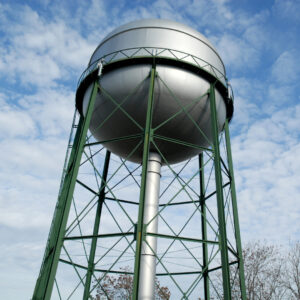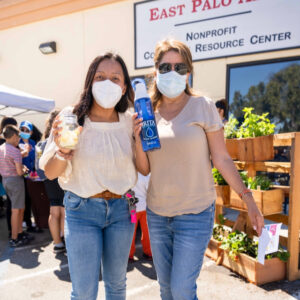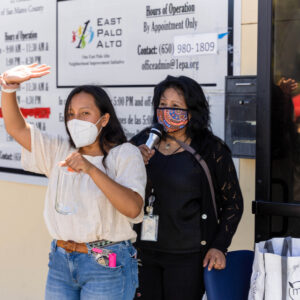Water Justice Now is a campaign to demand
water equity for East Palo Alto.
East Palo Alto has a long history of water supply issues. Working with the Environmental Justice Coalition for Water and the San Francisco Estuary Partnership, Nuestra Casa is part of a broad Bay Area water justice initiative. Under this initiative, we conducted a community needs assessment and supported residents in assessing and testing their drinking water. Now that the results are in, we plan to work with the community to determine the best path forward for improving water infrastructure, access, and quality.
Do you know where your drinking water comes from?

EPA’s water comes from three different water systems. A map of their service areas is available in Figure 2-1 of the City’s Water System Master Plan.
Why is it important to be aware of your water sources?

It isn’t very easy to understand water supply and delivery in any city. We recommend you learn who your water provider is and what the source of that water is (surface water versus groundwater). If you know who supplies your home’s water, you can ask for their Consumer Confidence Reports. These reports have detailed information about the quality of your drinking water. You can also ask questions about your bills. Finally, you will know where to call when you have an emergency or any issues with your water.
How can you help shape the future of water access and quality in EPA?

Get involved. Join the Nuestra Casa Community Water Task Force. Our Community Task Force has met regularly since in late 2023. This task force aims to help community members become experts on our water system. We are working together to identify the most effective ways to address our water system challenges. For more information about the Task Force, please write us here: environmentaljustice@nuestracasa.org
